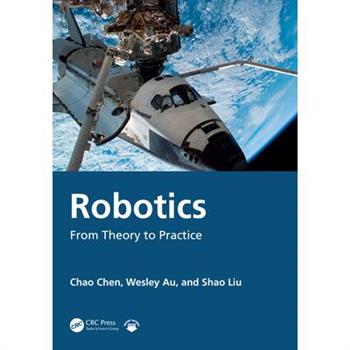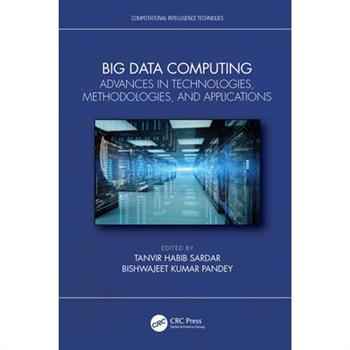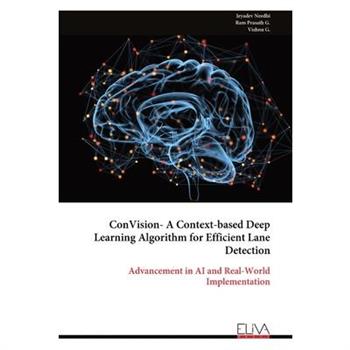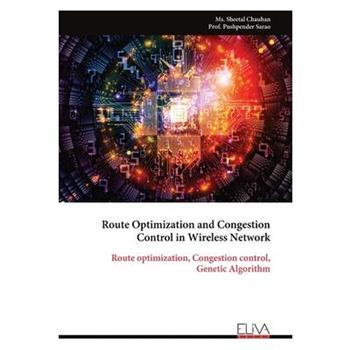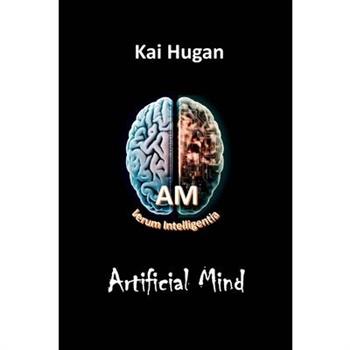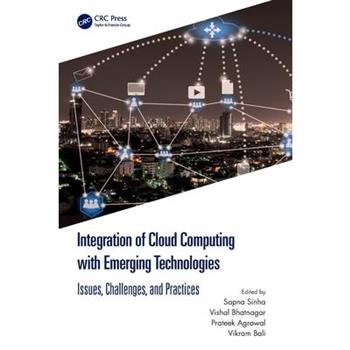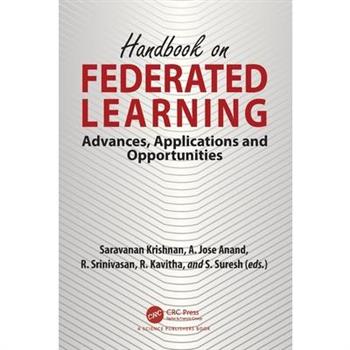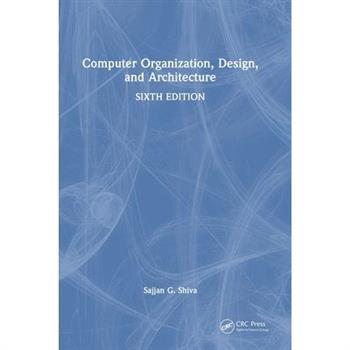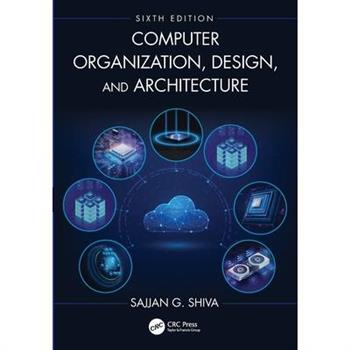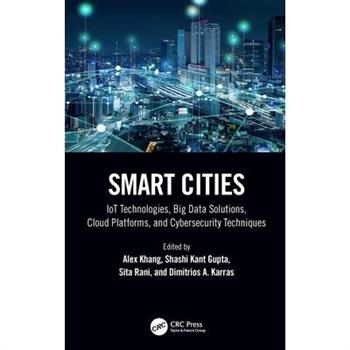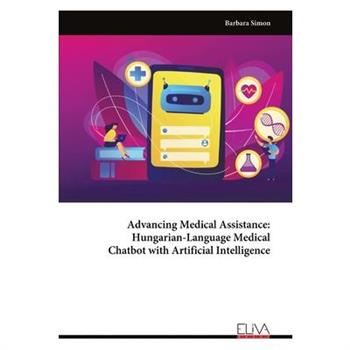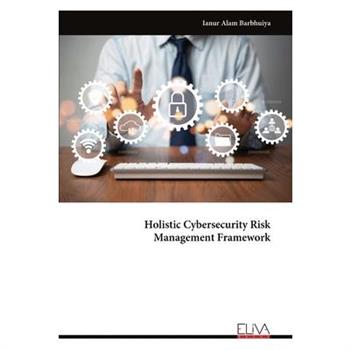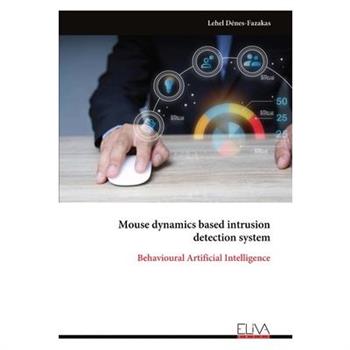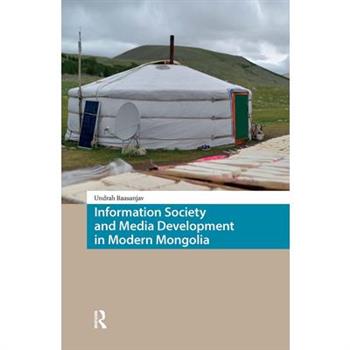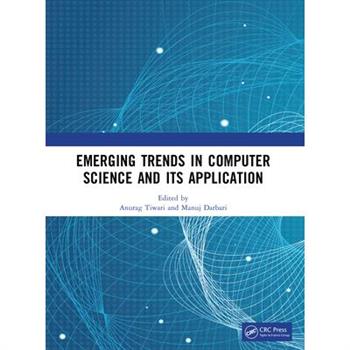Machine Translation and Translation Theory
Pervasive and ubiquitous, machine translation systems have been transforming communication and understanding across languages and cultures on a historical scale. Focused on both Neural Machine Translation tools, such as Google Translate, and generative AI tools, such as ChatGPT, Omri Asscher pursues the juncture between machine translation and the diverse, often competing, frameworks of human translation theory. He shines a light on the subtleties of the intersection between the two: the places where machine translation corresponds well with the ideas that have been developed on human translation throughout the years, and the places where machine translation seems to challenge translation theory, and perhaps even require that we rethink some of its basic assumptions.Machine Translation and Translation Theory reflects the need for an accessible, panoramic view on the subject. It offers a detailed discussion of various points of theoretical interest: definitions of translation; equivalence in translation; aesthetics of translation; translation ethics; translation as cross-cultural communication; and translation's historical agency.This is key reading for researchers and students in translation studies, as well as scholars of AI-mediated communication, and computer scientists interested in how machine translation architectures correspond with the understanding of translation in the humanities.
Machine Translation and Translation Theory
Pervasive and ubiquitous, machine translation systems have been transforming communication and understanding across languages and cultures on a historical scale. Focused on both Neural Machine Translation tools, such as Google Translate, and generative AI tools, such as ChatGPT, Omri Asscher pursues the juncture between machine translation and the diverse, often competing, frameworks of human translation theory. He shines a light on the subtleties of the intersection between the two: the places where machine translation corresponds well with the ideas that have been developed on human translation throughout the years, and the places where machine translation seems to challenge translation theory, and perhaps even require that we rethink some of its basic assumptions.Machine Translation and Translation Theory reflects the need for an accessible, panoramic view on the subject. It offers a detailed discussion of various points of theoretical interest: definitions of translation; equivalence in translation; aesthetics of translation; translation ethics; translation as cross-cultural communication; and translation's historical agency.This is key reading for researchers and students in translation studies, as well as scholars of AI-mediated communication, and computer scientists interested in how machine translation architectures correspond with the understanding of translation in the humanities.
Fuzzy Decision Support Systems for Efficient Energy Management
This reprint highlights innovative research on fuzzy decision support systems (FDSSs) applied to efficient energy management. As global energy demands grow and fossil fuel resources vanish, decision-makers face increasing complexity in balancing sustainability, cost, and performance. The contributions in this collection explore how FDSSs offer powerful tools for navigating uncertainty and supporting complex, multi-criteria decisions across various energy-related domains. Topics include FDSS applications in construction, mobility, industry, environmental management (air, water, soil), and the broader energy lifecycle from exploration to supply. By integrating socio-economic and ecological considerations, this reprint provides a valuable resource for researchers and practitioners developing intelligent and adaptable solutions for energy efficiency.
Transforming Healthcare
This comprehensive volume explores cutting-edge technologies, groundbreaking methodologies, and insightful ethical considerations. It brings together leading minds and research across diverse domains, offering readers a glimpse into the future of healthcare. From leveraging AI in diagnostics and personalized treatments to advancing telemedicine and remote patient monitoring, the text addresses real-world challenges and opportunities in the rapidly evolving healthcare industry.Key features: Innovative approaches to early disease detection, including Alzheimer's and cancer, using machine learning and deep learning techniques. State-of-the-art applications of design thinking, meta-heuristics, and federated learning in healthcare. Ethical perspectives on the use of AI technologies and their impact on businesses and patient care. A deep dive into the role of IoT, NLP, and AI-driven image processing in revolutionizing healthcare delivery. Generalized models analyzing trade credits and their implications for healthcare supply chains. Whether you're a researcher, healthcare professional, or technology enthusiast, this book serves as an invaluable resource for understanding and shaping the future of health technologies. Packed with diverse perspectives and actionable insights, it's a must-read for anyone passionate about making a difference in healthcare.
Robotics
This textbook introduces robotic theories and technologies, bridging the gap between classic theories and real-world applications of robotic manipulators. A valuable resource to broad readers, including those who have a limited background in general engineering and wish to explore non-conventional applications of robotic manipulators.
Robotics
This textbook introduces robotic theories and technologies, bridging the gap between classic theories and real-world applications of robotic manipulators. A valuable resource to broad readers, including those who have a limited background in general engineering and wish to explore non-conventional applications of robotic manipulators.
Big Data Computing
This book primarily aims to provide an in-depth understanding of recent advances in big data computing technologies, methodologies, and applications along with introductory details of big data computing models such as Apache Hadoop, MapReduce, Hive, Pig, Mahout in-memory storage systems, NoSQL databases, and big data streaming services such as Apache Spark, Kafka, and so forth. It also covers developments in big data computing applications such as machine learning, deep learning, graph processing, and many others.Features: Provides comprehensive analysis of advanced aspects of big data challenges and enabling technologies. Explains computing models using real-world examples and dataset-based experiments. Includes case studies, quality diagrams, and demonstrations in each chapter. Describes modifications and optimization of existing technologies along with the novel big data computing models. Explores references to machine learning, deep learning, and graph processing. This book is aimed at graduate students and researchers in high-performance computing, data mining, knowledge discovery, and distributed computing.
Machine Learning for Neuroscience
This book addresses the growing need for machine learning and data mining in neuroscience. The book is replete with fully working machine learning code. It also contains lab assignments and quizzes, making it appropriate for use as a textbook.
Data Science for Civil Engineering
This book explains use of data science-based techniques for modeling and providing optimal solutions to complex problems in civil engineering. It discusses civil engineering problems like air, water and land pollution, climate crisis, transportation infrastructures, traffic and travel modes, mobility services, and so forth. Divided into two sections, the first one deals with the basics of data science and essential mathematics while the second section covers pertinent applications in structural and environmental engineering, construction management, and transportation. Features: Details information on essential mathematics required to implement civil engineering applications using data science techniques. Discusses broad background of data science and its fundamentals. Focusses on structural engineering, transportation systems, water resource management, geomatics, and environmental engineering. Includes python programming libraries to solve complex problems. Addresses various real-world applications of data science based civil engineering use cases. This book aims at senior undergraduate students in Civil Engineering and Applied Data Science.
ConVision- A Context-based Deep Learning Algorithm for Efficient Lane Detection
Dive into the cutting-edge world of artificial intelligence with ""ConVision- A Context-based Deep Learning Algorithm for Efficient Lane Detection."" This comprehensive volume brings together six groundbreaking research studies, each meticulously designed and implemented with IEEE-level formulas, simulations, and equations. Discover how theoretical insights are seamlessly transformed into practical applications, enhancing various AI domains. From sophisticated simulations to robust implementations, this book showcases innovative approaches that push the boundaries of AI technology. Whether you're a researcher, practitioner, or enthusiast, this book offers a deep understanding of AI's core principles and real-world impact. Authored by experts in the field, this volume is a must-read for anyone seeking to stay at the forefront of AI research and application. Get ready to explore the future of artificial intelligence and its transformative potential. Praise for Advances in Artificial Intelligence: ""A remarkable collection of innovative AI research that bridges the gap between theory and practice."" - Dr. Jane Smith, AI Researcher ""Essential reading for anyone involved in AI development and application."" - TechReview Magazine Target Audience: Researchers, Practitioners, AI Enthusiasts, and Academics.
Route Optimization and Congestion Control in Wireless Network
The network is made up of two types of components: nodes and communication lines. The nodes typically handle the network protocols and provide switching capabilities. A node is usually itself a computer (general or special) which runs specific network software. The communication lines may take many different shapes and forms, even in the same network. Examples include: copper wire cables, optical fiber, radio channels, and telephone lines. By applying mathematics to a problem of the real world mostly means, at first, modeling the problem mathematically, may be with hard restrictions, idealizations, or simplifications, then solving the mathematical problem, and finally drawing conclusions about the real problem based on the solutions of the mathematical problem. Since about 60 years, a shift of paradigms has taken place in some sense; the opposite way has come into fashion. The point is that the world has done well even in times when nothing about mathematical modeling was known. The one of the alternate ways is evolutionary computation, which encompasses three main components- Evolution strategies, Genetic Algorithms and Evolution programs. Genetic Algorithms encode a potential solution to a specific problem on a simple chromosome like data structure and apply recombination operators to several structures so as to preserve critical information. Shortest path routing algorithms are well established problem and addressed by many researchers in different ways. One such alternative is to use a GA-based routing algorithm. However, it is also known that GA-based routing algorithm is not fast enough for real-time computation. We propose to use this huge stochastic optimization tool for Optimum Path Routing Problem. GA may be used for optimization of searching process for optimum path routing in a network for optimization of both the distance and the congestion problem in a network. The proposed book "Congestion control in Wireless Networks" has been implemented in MATLAB 7.0.
High Security Network for IOT using Edge Computing
Edge computing and the internet of things (IOT) have revolutionised the manner in which data is handled and analysed, making it possible to cut down on latency while simultaneously increasing energy efficiency. Yet, assuring the integrity of these systems and the security of their data continues to be a difficulty. This research proposes a unique system that addresses these difficulties in edge computing and IOT contexts. It mixes Base64 encoding, trustworthy algorithms, and virtual force mapping by trust value. This architecture not only boosts security and dependability by prioritising trustworthy components and preserving data while it is being sent, but it also adds significantly to reductions in energy usage, which is a huge win for everyone involved. The technique that has been provided provides a strong solution for safe, efficient, and reliable data processing in edge computing and IOT systems. As a result, it paves the way for future improvements in these sectors.
Development of Efficient Bio-Inspired Computing Algorithm for Image Classification
Agriculture is a cornerstone of India's economy, deeply intertwined with the nation's food security and the livelihoods of millions. Accounting for approximately 15% of India's GDP, the agricultural sector supports a vast majority of the rural population through employment and income generation. India's diverse crop production, ranging from rice and wheat to sugarcane and cotton, not only drives economic growth but also ensures food stability and self-sufficiency, mitigating the need for imports and protecting against global food crises. Beyond its economic contributions, agriculture fosters rural development by enhancing income levels and promoting rural entrepreneurship, thus lifting communities out of poverty and supporting inclusive growth. The classification of plants within this sector is vital, providing a systematic approach to understanding the vast array of plant species in India. This knowledge aids farmers and agricultural experts in making informed decisions on cultivation, pest management, and resource allocation, while also conserving native species and preserving traditional farming practices. This research delves into the intersection of agriculture and advanced computing techniques, with a focus on the following objectives: 1. Analyzing and evaluating various bio-inspired computing algorithms for plant image segmentation and classification. 2. Proposing a novel bio-inspired optimization algorithm and testing its efficacy on standard benchmarks. 3. Developing a new image classification method based on existing or new bio-inspired algorithms. 4. Comparing the performance of the proposed classification approach against current methods using a plant image dataset. This work aims to enhance agricultural efficiency and sustainability through innovative computational techniques, ultimately benefiting India's vast agricultural landscape.
Artificial Mind
Beyond AI--Artificial Mind with True Intelligence. How that could emerge.Billionaire computer scientist David Sterling was no stranger to controversy but his latest criticisms of AI at its very technological foundation struck a nerve at a time when AI was taking the world by storm-hinting at a new generation of AI that could upend everything. He went so far as to claim AI had absolutely zero intelligence of its own, labeling it as a knowledge system.Before he could share his groundbreaking discovery, Sterling was found murdered-by none other than his old friend, MIT professor William Foster.Now, haunted by the past and driven by sense of duty, Foster partners with Anastasia Ivanov, a gifted computer scientist, to uncover Sterling's lost research. But powerful forces are closing in-ruthless players determined to claim the discovery for themselves, no matter the cost.The truth could change the world.The price could be their lives.Can Foster and Anastasia survive long enough to unlock the future? Author BioThe author is a retired Canadian computer scientist and engineer. He received his Ph.D. from McGill University, Montreal, Canada. He held various architecture leadership positions at two of the world's largest telecommunication equipment makers, some startup companies, and a mid-sized international corporation of thousands of engineers as its Chief Architect. He played a pivotal role in the design and development of numerous products in supercomputing, server virtualization, and telecommunication. His extensive work in telecommunication spanned the areas of electrical and optical, as well as wireless and wireline.The author has traveled frequently around the globe, partly for pleasure but mostly for providing technical guidance to product development at his companies' R&D sites in North America, Europe, and Asia.
Integration of Cloud Computing with Emerging Technologies
This book gives a complete overview of cloud computing, its importance, its trends, innovations, and its amalgamation with other technologies. It provides content for reference.
Smart Embedded Systems
"Smart Embedded Systems: Advances and Applications" is a comprehensive guide that demystifies the complex world of embedded technology.
Artificial Intelligence in Telemedicine
This book explores the role of computational algorithms in telemedicine. It explains the concepts through the detailed study and processing of biosignals, physiological parameters, and medical images. The book focuses on describing applications, encouraging advances, and valuable discoveries of telemedicine.
Handbook on Federated Learning
Federated learning is a Distributed Machine Learning model that has been used in many applications today. Most edge devices can execute models with local dataset since their computation power is unutilized.
Computer Organization, Design, and Architecture
This unique and classroom-proven text provides a hands-on introduction to the design of computer systems. It depicts, step by step, the design and programming of a simple but complete hypothetical computer, followed by detailed architectural features of existing computer systems as enhancements to the structure of the simple computer. This treatment integrates the four categories of digital systems architecture: logic design, computer organization, computer hardware, and computer system architecture.This edition incorporates updates to reflect contemporary organizations and devices, including graphics processing units (GPUs), quantum computing, and the latest supercomputer systems. It also includes a description of the two popular Instruction Set Architectures (ARM and RISC-V).The book is suitable for a one-or two-semester undergraduate or beginning graduate course in computer science and computer engineering; its previous editions have been adopted by 120+ universities around the world.The book covers the topics suggested by the recent IEEE/ACM curriculum for "computer architecture and organization."
Computer Organization, Design, and Architecture
This unique and classroom-proven text provides a hands-on introduction to the design of computer systems. It depicts, step by step, the design and programming of a simple but complete hypothetical computer, followed by detailed architectural features of existing computer systems as enhancements to the structure of the simple computer. This treatment integrates the four categories of digital systems architecture: logic design, computer organization, computer hardware, and computer system architecture.This edition incorporates updates to reflect contemporary organizations and devices, including graphics processing units (GPUs), quantum computing, and the latest supercomputer systems. It also includes a description of the two popular Instruction Set Architectures (ARM and RISC-V).The book is suitable for a one-or two-semester undergraduate or beginning graduate course in computer science and computer engineering; its previous editions have been adopted by 120+ universities around the world.The book covers the topics suggested by the recent IEEE/ACM curriculum for "computer architecture and organization."
Smart Cities
This book discusses the basic principles of sustainable development in a smart city ecosystem to better serve the life of citizens. It examines smart city systems driven by emerging IoT-powered technologies and the other dependent platforms.
ARM64 Assembly Language and Arcitecture
With the proliferation of IOT, and embedded systems RISC (Reduced Instruction Set Computer) processors are ubiquitous. More recently many computer manufacturers have started to deploy 64-bit ARM based processors within their products. A detailed knowledge of ARM systems can be a distinct advantage for software engineers in today's fast-moving technological marketplace. This book is aimed at computer science students and hobbyists wishing to learn about assembly language concepts and programming using the ARM64 architecture. Experienced programmers that are familiar with high-level language coding, wishing to learn more about system level programming may also find the content beneficial.
Machine Learning Algorithms and Applications in Engineering
Continuous-Time Signals and Systems
Drawing on author's 30+ years of teaching experience, "Continuous-Time Signals and Systems: A MATLAB Integrated Approach" represents a novel and comprehensive approach to understanding signals and systems theory. Many textbooks use MATLAB as a computational tool, but Alkin's text employs MATLAB both computationally and pedagogically to provide interactive, visual reinforcement of fundamental concepts important in the study of continuous- time signals and systems.In addition to 210 traditional end-of-chapter problems and 168 solved examples, the book includes hands-on MATLAB modules consisting of: 77 MATLAB-based homework problems and projects (coordinated with the traditional end-of-chapter problems) 106 live scripts and GUI-based interactive apps that animate key figures and bring core concepts to life Downloadable MATLAB code for most of the solved examples 64 fully detailed MATLAB exercises that involve step by step development of code to simulate the relevant signal and/or system being discussed, including some case studies on topics such as synthesizers, simulating instrument sounds, pulse-width modulation, etc. The ebook+ version includes clickable links that allow running MATLAB code associated with solved examples and exercises in a browser, using the online version of MATLAB. It also includes audio files for some of the examples. Each module or application is linked to a specific segment of the text to ensure seamless integration between learning and doing. The aim is to not simply give the student just another toolbox of MATLAB functions, but to use the development of MATLAB code as part of the learning process, or as a litmus test of students' understanding of the key concepts. All relevant MATLAB code is freely available from the publisher. In addition, a solutions manual, figures, presentation slides and other ancillary materials are available for instructors with qualifying course adoption.
Digital Signal Processing
Digital Signal Processing: Fundamentals, Applications, and Deep Learning, Fourth Edition introduces students to the fundamental principles of digital signal processing (DSP) while also providing a working knowledge that they take with them into their engineering careers. Many instructive, worked examples are used to illustrate the material, and the use of mathematics is minimized for an easier grasp of concepts. As such, this title is also useful as a reference for non-engineering students and practicing engineers. This book goes beyond DSP theory, showing the implementation of algorithms in hardware and software. Additional topics covered include DSP for artificial intelligence, adaptive filtering with noise reduction and echo cancellations, speech compression, signal sampling, digital filter realizations, filter design, multimedia applications, over-sampling, etc. More advanced topics are also covered, such as adaptive filters, speech compression such as pulse-code modulation, 繕-law, adaptive differential pulse-code modulation, multi-rate DSP, oversampling analog-to-digital conversion, sub-band coding, wavelet transform, and neural networks.
Multi-Cloud Administration Guide
As businesses increasingly adopt cloud-first strategies, managing workloads across multiple cloud platforms becomes a critical challenge. This comprehensive book provides practical solutions and in-depth knowledge to efficiently operate in a multi-cloud world. Learn to leverage frameworks from AWS, Azure, GCP, and Alibaba Cloud to maximize the benefits of multi-cloud environments. Understand cloud networking, software-defined networking, and microservices to optimize cloud connectivity. Develop a robust data strategy to ensure data quality, security, and integrity across multiple cloud platforms. Discover how automation and AI can help maintain compliance with governmental and industry regulations in the cloud. Designed for cloud architects, IT administrators, and technical managers, this book is also valuable for anyone looking to deepen their understanding of cloud technologies and multi-cloud strategies. FEATURES- Uses frameworks from AWS, Azure, GCP, and Alibaba Cloud to maximize the benefits of multi-cloud environments- Provides practical instructions and real-world examples for managing multi-cloud environments - Features insights into cloud-native technologies, serverless functions, and container orchestration with Kubernetes- Explores the details of multi-cloud connectivity, storage, compute, data management, security, and compliance- Includes companion files with code samples and color figures available for downloading
Information Society and Media Development in Modern Mongolia
This book provides an account of Mongolian information society from the perspective of critical media studies. The converged media sphere in modern Mongolia mirrors and shapes political communication, economic outlook, institutional norms, and Mongolian identity. When placing Mongolia on the global information society map, the arguments in the book juxtapose information society tenets and structural constraints like the small market, communist past, and mining-dependent economy. Today, people in Mongolia take advantage of the mobility, speed, and spatiality of the internet, as the Mongolians of old once saddled their horses and galloped across the grassy steps of Eurasia.
Emerging Trends in Computer Science and Its Application
The conference brought together a diverse group of scholars, researchers, and industry professionals to engage in meaningful discussions and share insights on cutting-edge trends in artificial intelligence, machine learning, data science, and their multifaceted applications. This collaboration and knowledge exchange fostered an environment of innovation, making the conference a successful and impactful event for all participants. It aimed to highlight these significant advancements and serve as a valuable resource for researchers, academicians, and practitioners who wish to stay informed about the recent innovations and methodologies shaping the landscape of computational intelligence. By showcasing a wide range of research topics and practical implementations, it not only addressed the current challenges but also inspired new ideas and approaches for future research.
Deep Learning and Reinforcement Learning
Deep learning and reinforcement learning are some of the most important and exciting research fields today. With the emergence of new network structures and algorithms such as convolutional neural networks, recurrent neural networks, and self-attention models, these technologies have gained widespread attention and applications in fields such as natural language processing, medical image analysis, and Internet of Things (IoT) device recognition. This book, Deep Learning and Reinforcement Learning examines the latest research achievements of these technologies and provides a reference for researchers, engineers, students, and other interested readers. It helps readers understand the opportunities and challenges faced by deep learning and reinforcement learning and how to address them, thus improving the research and application capabilities of these technologies in related fields.










